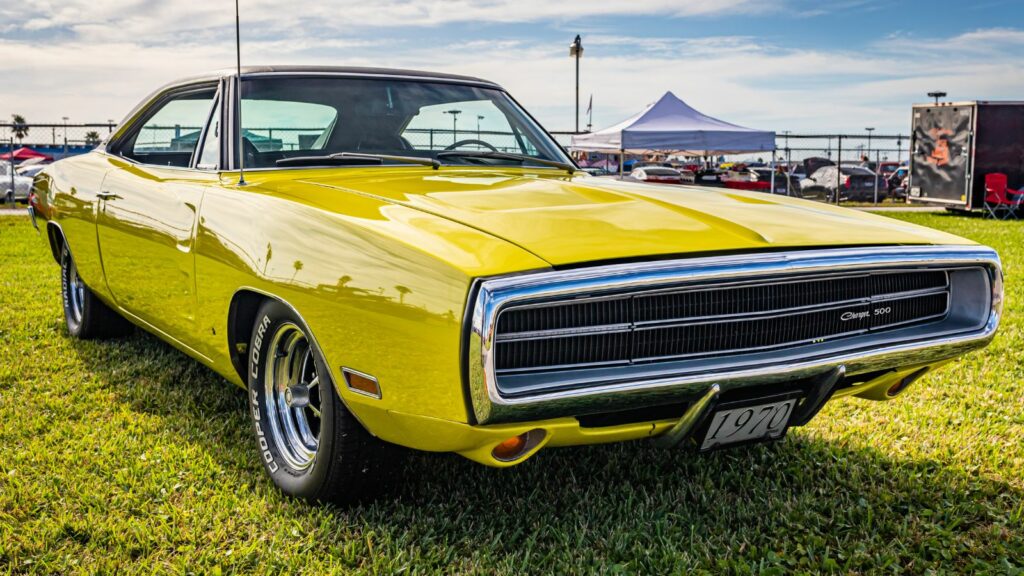Not all cars begin life as legends. Some come off the production line to be greeted by laughter, ridicule, or indifference. Perhaps they were too weird-looking, handled poorly, or failed to fit with the car fashion of the era. But history has a habit of showing that yesterday’s joke can turn into today’s collector’s item. These 20 cars have reversed their reputations—turning from misfits to must-haves.
AMC Pacer (1975)
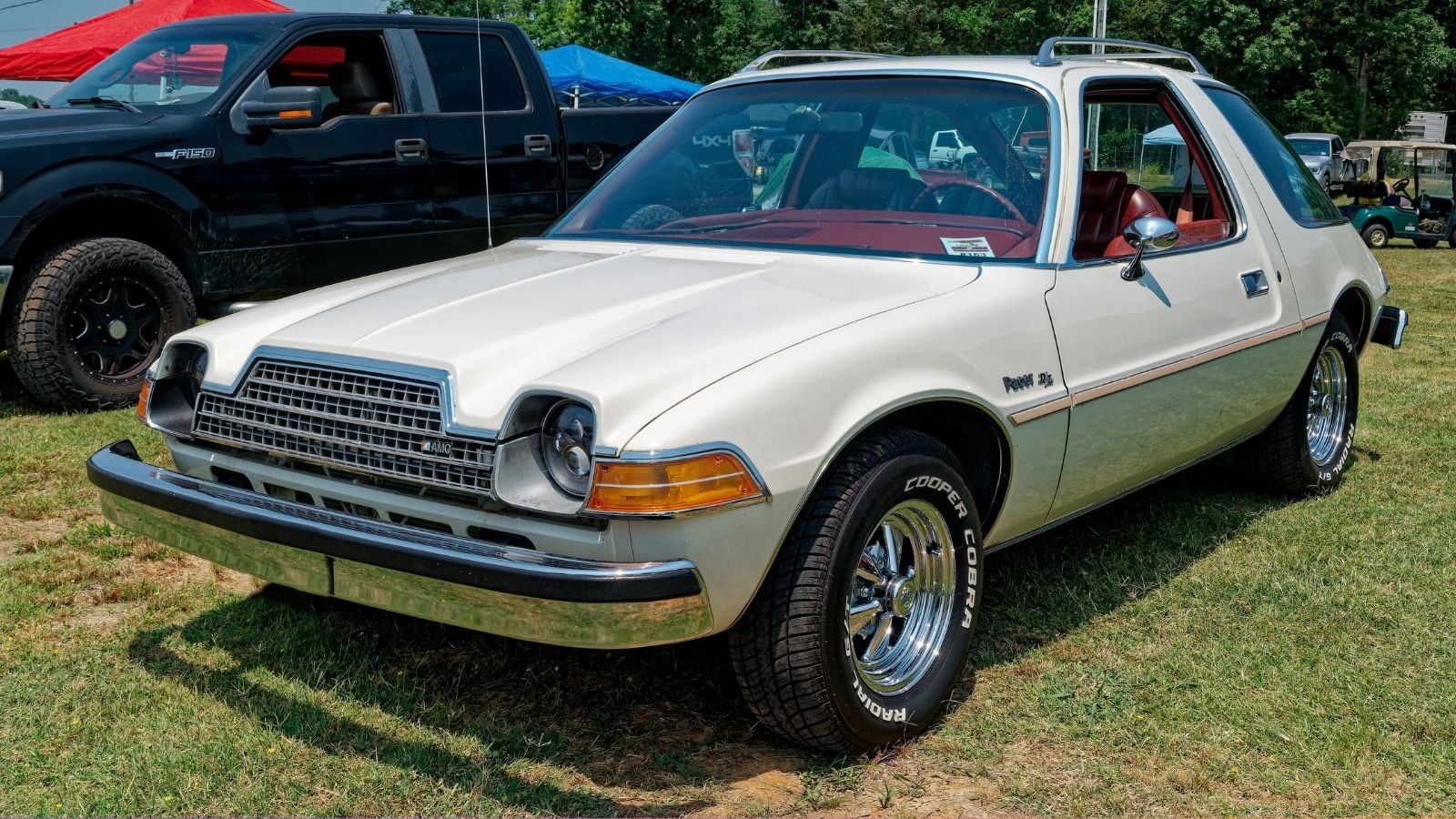
When AMC launched the Pacer, it was sold as “the first wide small car.” Designed by D*** Teague, its bizarre proportions and huge glass area gave it the appearance of a rolling fishbowl. The 3.8L inline-six (subsequently available with a 5.0L V8) wasn’t exactly remarkable, and the vehicle was derided for its chunky look and clumsy appearance. The Pacer did possess a surprisingly roomy and modern interior, complete with velour or vinyl seats that were very cushy, a wraparound dash, and an optional AM/FM radio. With a 0-60 mph time of approximately 14 seconds, it was no speed demon, but now, thanks to its bizarre appearance, it has a cult following.
Pontiac Aztek (2001)

One of the worst-ever automotive flops, the Pontiac Aztek was universally mocked for its outlandish design. With a 3.4L V6 engine, the Aztek was slow, with a 0-60 mph time of approximately 10 seconds. The interior was, however, a step forward, featuring fold-down rear seats, a cooler built into the console, and even an available camping tent package. Once emblematic of GM’s bad models, the Aztek became retro-cool, at least in part because of its starring turn in Breaking Bad. Now, collectors value its toughness and scarcity.
DeLorean DMC-12 (1981)
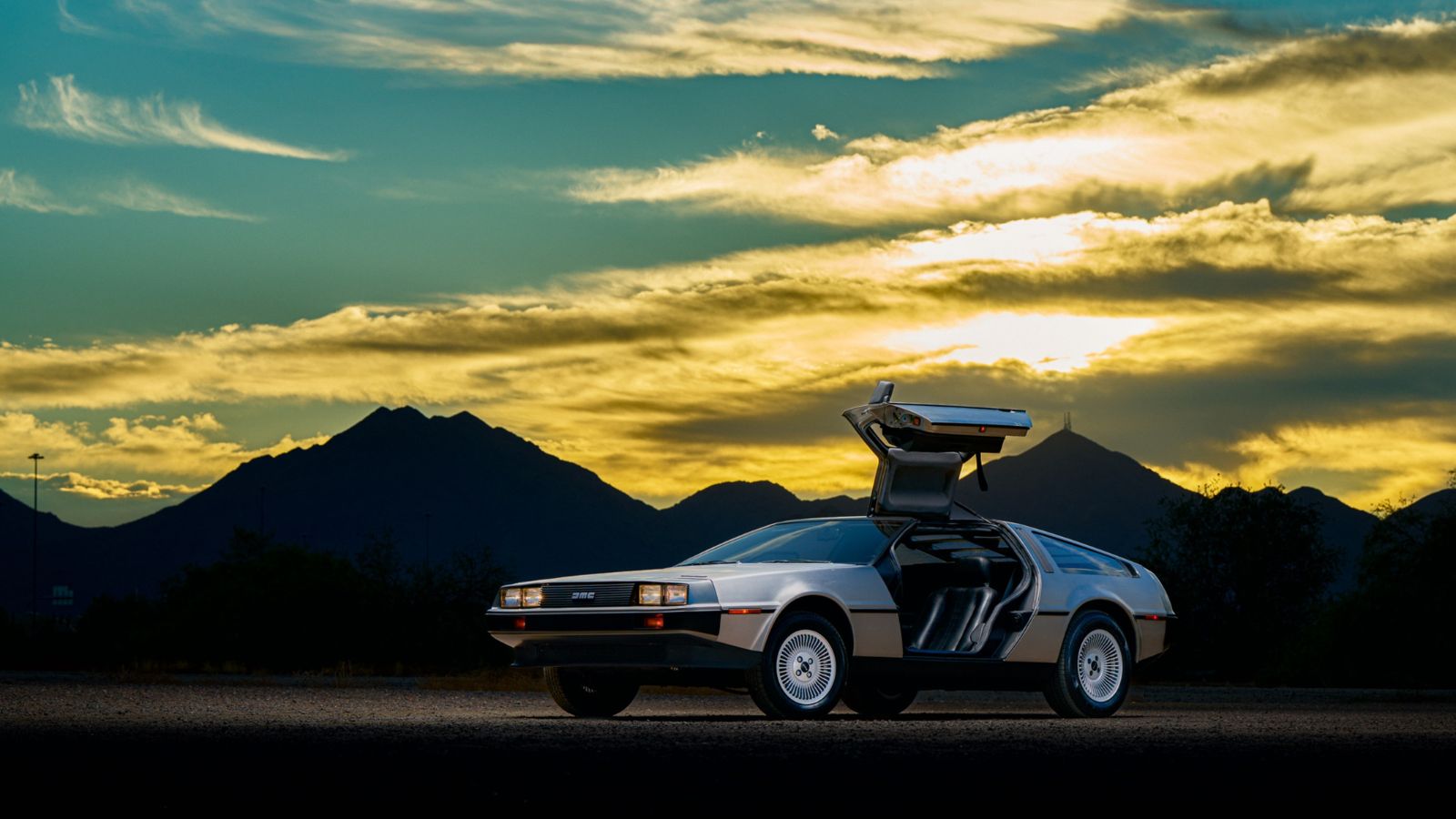
When John DeLorean’s stainless steel dream car first appeared, it was a letdown. Styled by Giorgetto Giugiaro, it had gullwing doors and a futuristic appearance but was hampered by a slow 2.8L V6 engine that accelerated past 60 mph in more than 10 seconds. Though fashionable, there was questionable build quality inside, including thin leather seats and a plastic dashboard. Post-Back to the Future, the DeLorean’s image was revitalized, and now it’s a highly desired ’80s collectible.
Edsel Corsair (1958)
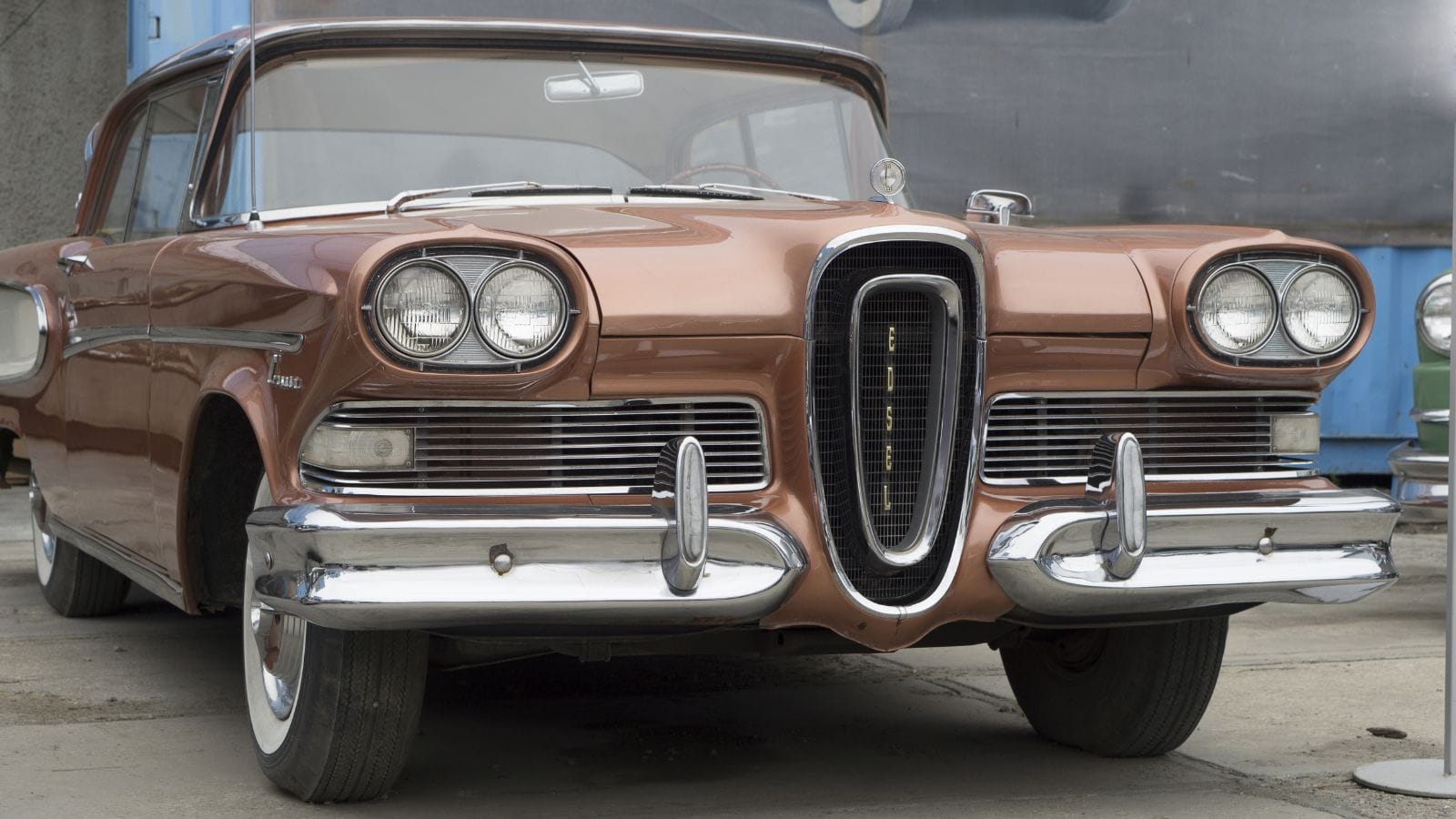
Ford promoted the Edsel as the car of the future, but its odd design, particularly that horse-collar grille, made the Edsel the laughingstock. Roy Brown Jr. designed it with a 5.9L V8, which performed well with a 0-60 time of approximately 9 seconds. Inside, it had luxurious amenities at the time, including push-button controls, luxurious fabrics, and a floating speedometer. Despite being a sales flop, the remaining Edsels are prized for their rarity and place in history.
BMW M Coupe “Clown Shoe” (1998)

The BMW M Coupe, or the “Clown Shoe,” was mocked for its unusual shooting brake styling, penned by Joji Nagashima. Under the hood, however, it featured an S52 or S54 inline-six motor, which would go from 0 to 60 mph in under 5 seconds. The interior boasted aggressive sports seats, analog gauges, and a cockpit-oriented driver environment. Originally dismissed as a novelty, the M Coupe is a highly sought-after collectible today, with prices skyrocketing.
Chevrolet Corvair (1960)
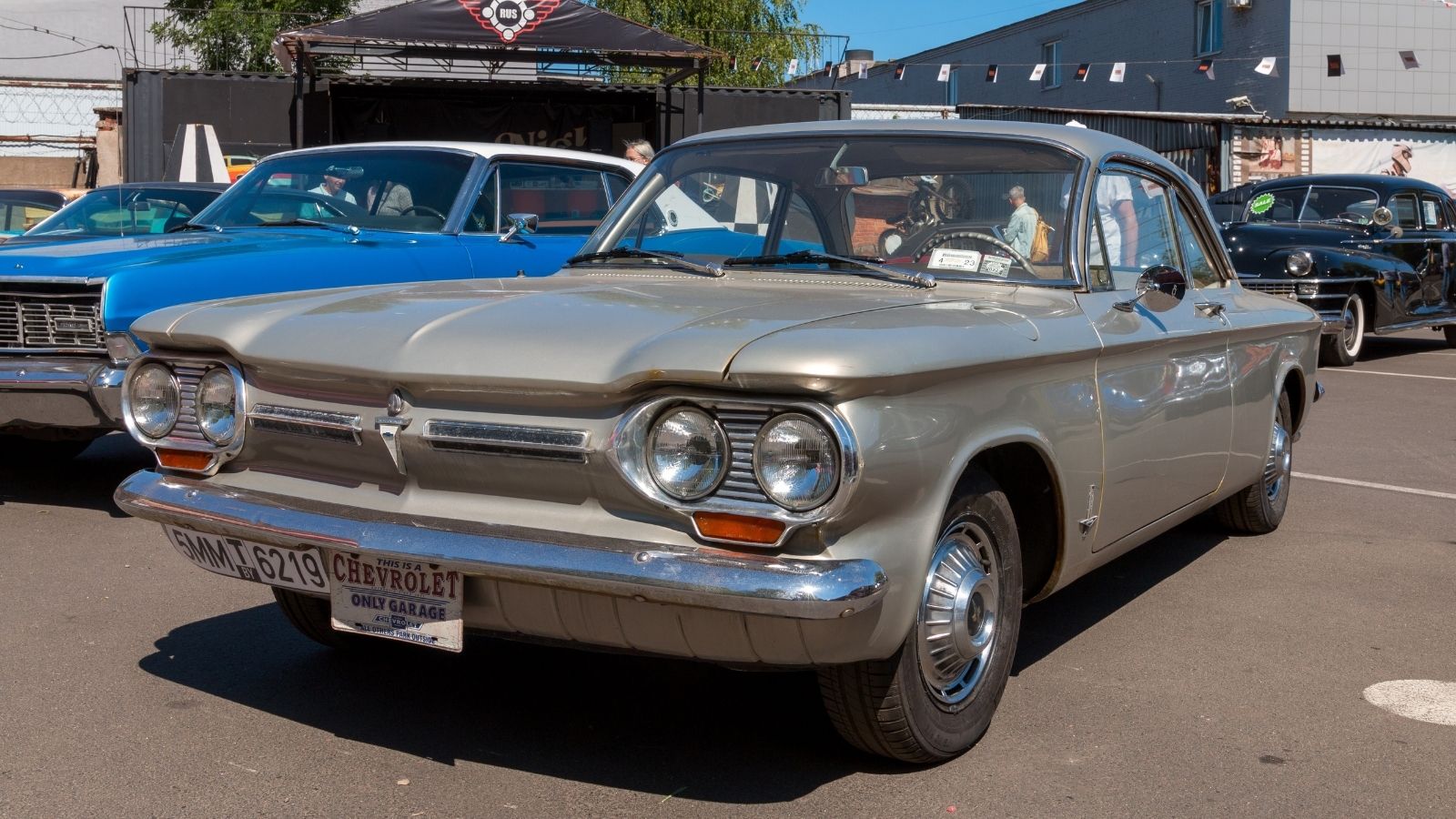
The Corvair became notorious following Ralph Nader’s Unsafe at Any Speed, which condemned its rear-engine design for inducing oversteer. Designed by Ed Cole, it featured a 2.3L flat-six and a simple yet functional interior with a minimalist dashboard and basic vinyl seats. With a 0-60 mph time of around 12 seconds, it wasn’t fast but innovative. Today, enthusiasts appreciate its unique engineering and fun handling. Once a scapegoat for safety concerns, the Corvair is now recognized as a daring and stylish piece of American automotive history.
Subaru SVX (1992)
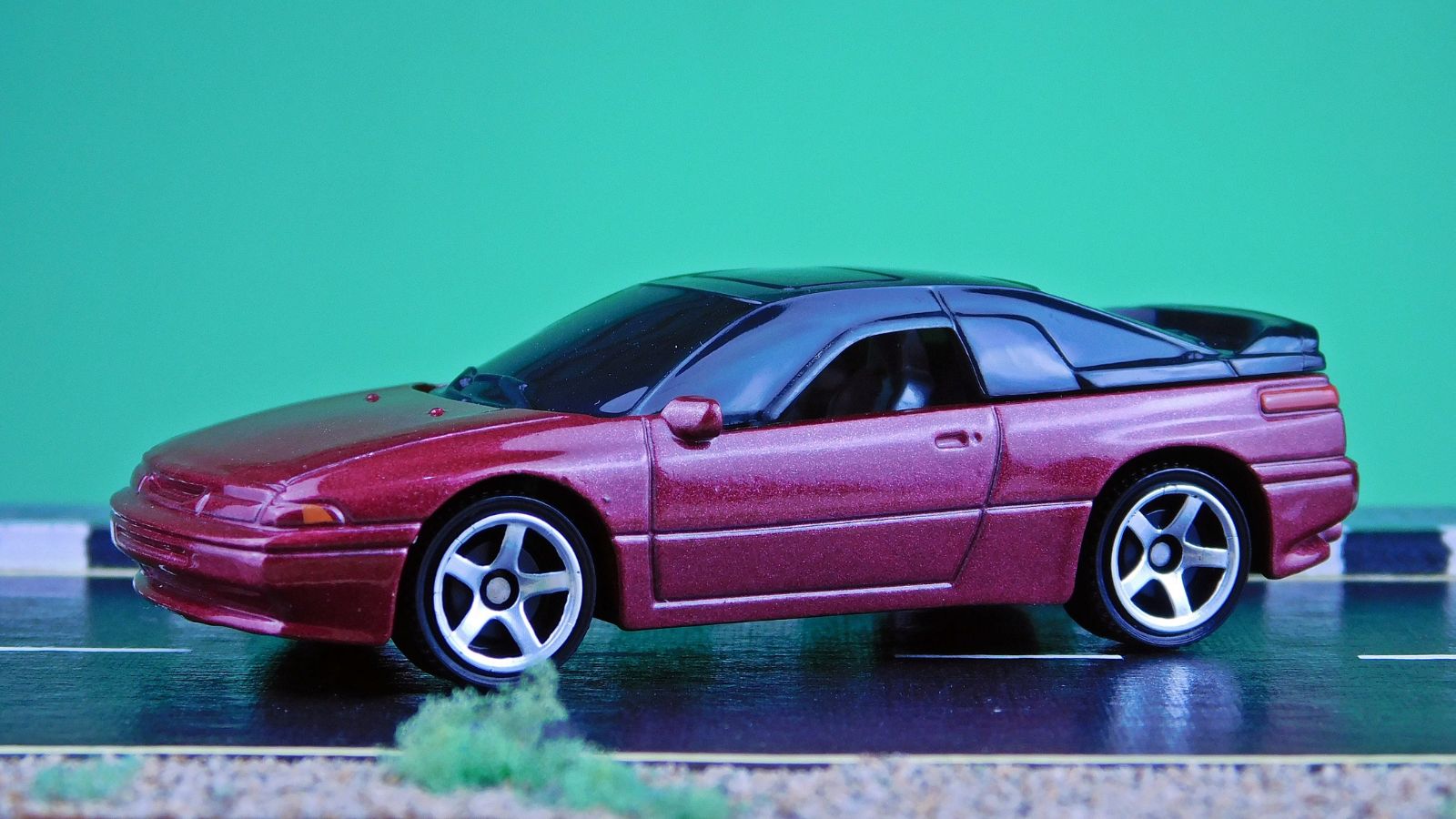
Subaru’s foray into the luxury grand tourer market fell flat. Giorgetto Giugiaro styled it, and it came with quirky half-window glass and a 3.3L flat-six. With its 7.3-second 0-60 mph, it failed to gain traction. The leather-trimmed interior was upscale but convoluted, with a space-age dashboard. The leather upholstery was comfortable, and the driver-oriented cockpit included an innovative digital readout next to an ergonomic center console. Though initially written off as a fluke, the SVX is valued today for its distinctive styling, silky ride, and standout all-weather ability.
Chrysler TC by Maserati (1989)
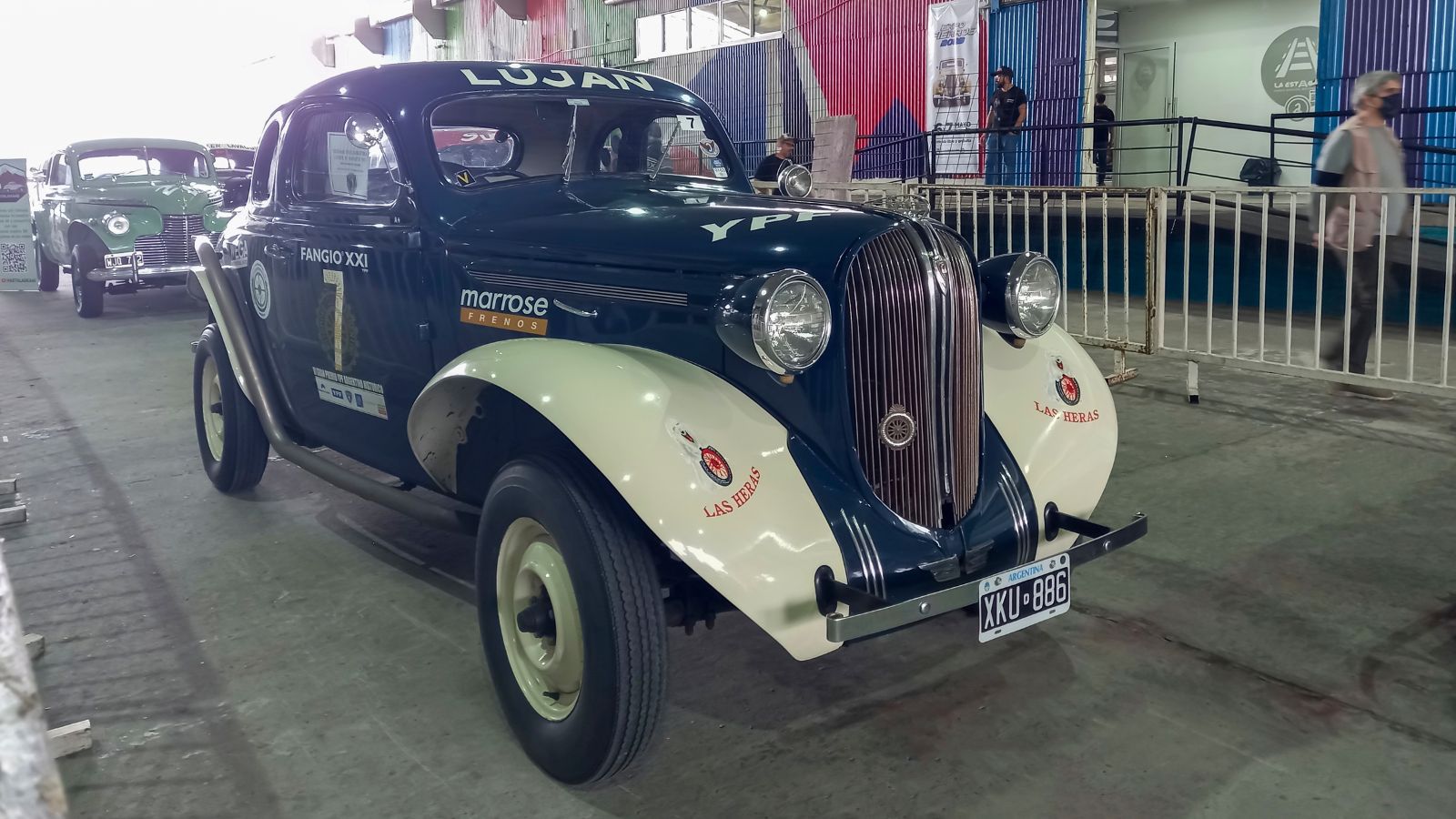
A Chrysler-Maserati collaboration sounded like a recipe for success, but the TC by Maserati was met with disappointment. It was designed under Lee Iacocca’s vision and featured a 2.2L turbocharged inline-four or an optional 3.0L Mitsubishi V6, neither of which screamed “Italian exotic.” The interior, however, was where the TC shined, with hand-stitched Italian leather seats, a leather-wrapped dashboard, and real wood trim. Despite its luxurious appointments, its 0-60 mph time of around 9 seconds left much to be desired. Initially dismissed as an overpriced Chrysler LeBaron, the TC is appreciated for its rarity and Italian-American hybrid appeal.
Ford Pinto (1971)
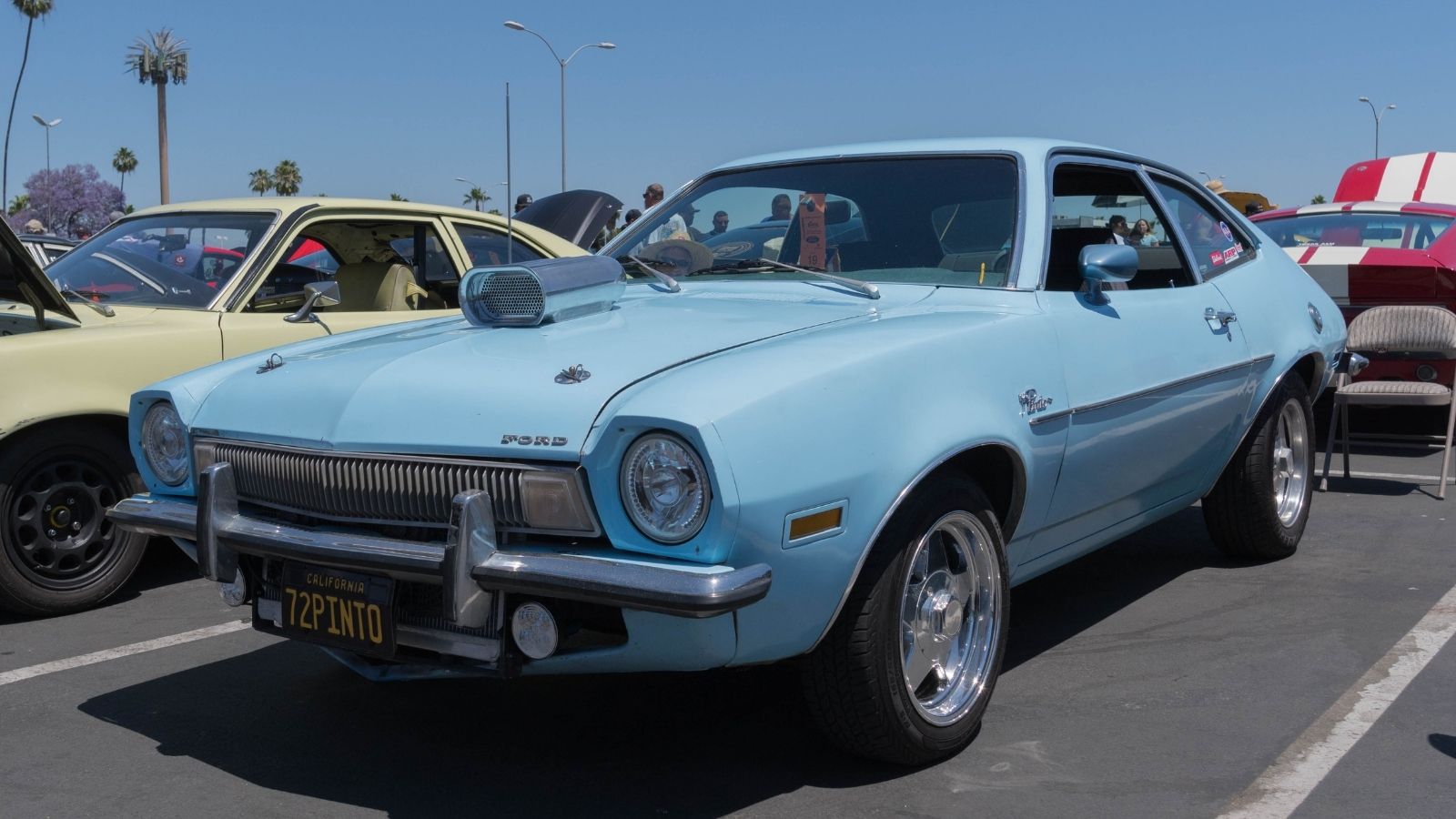
Renowned for its back-end explosion fiasco, the Ford Pinto was a joke and a safety embarrassment. Conceived under the guidance of Robert Eidschun, it came with a 2.0L or 2.3L inline-four, making it a slow-moving target with a 0-60 mph time of approximately 12 seconds. The interior of the Pinto was spartan, with vinyl bench seats and a plastic dashboard, and not much in the way of luxury. Though it symbolized corporate neglect in the past, now, the Pinto has become a covetable classic car, particularly the sporty versions of the Runabout.
Yugo GV (1985)
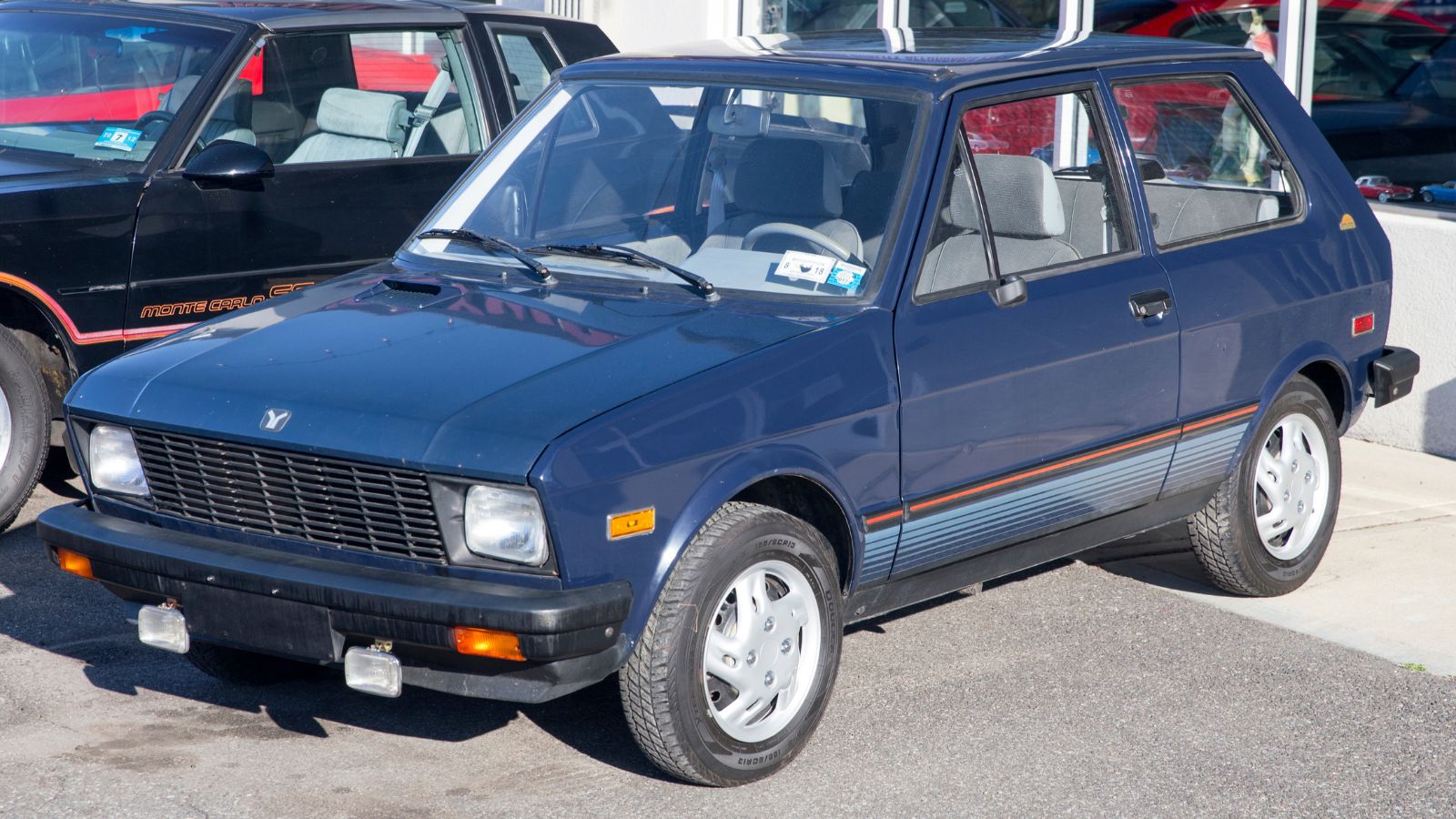
The Yugo was from Yugoslavia and positioned as America’s least expensive car. It came to represent atrocious build quality. As a value hatchback car, it packed a small 1.1L engine and took an agonizing 14 seconds to do 60 mph. The interior was as plain as it came, with low-cost cloth seats, a thin dashboard, and dodgy electrical parts. Despite its flaws, the Yugo has developed a cult following due to its quirky appeal and nostalgic value. Numerous owners now love its simplicity, repairability, and the fact that it’s a relic of a bygone age of affordable motoring. Once ridiculed, the Yugo GV has become a fun collectible for enthusiasts who enjoy its underdog status and vintage appeal.
Cadillac Allanté (1987)
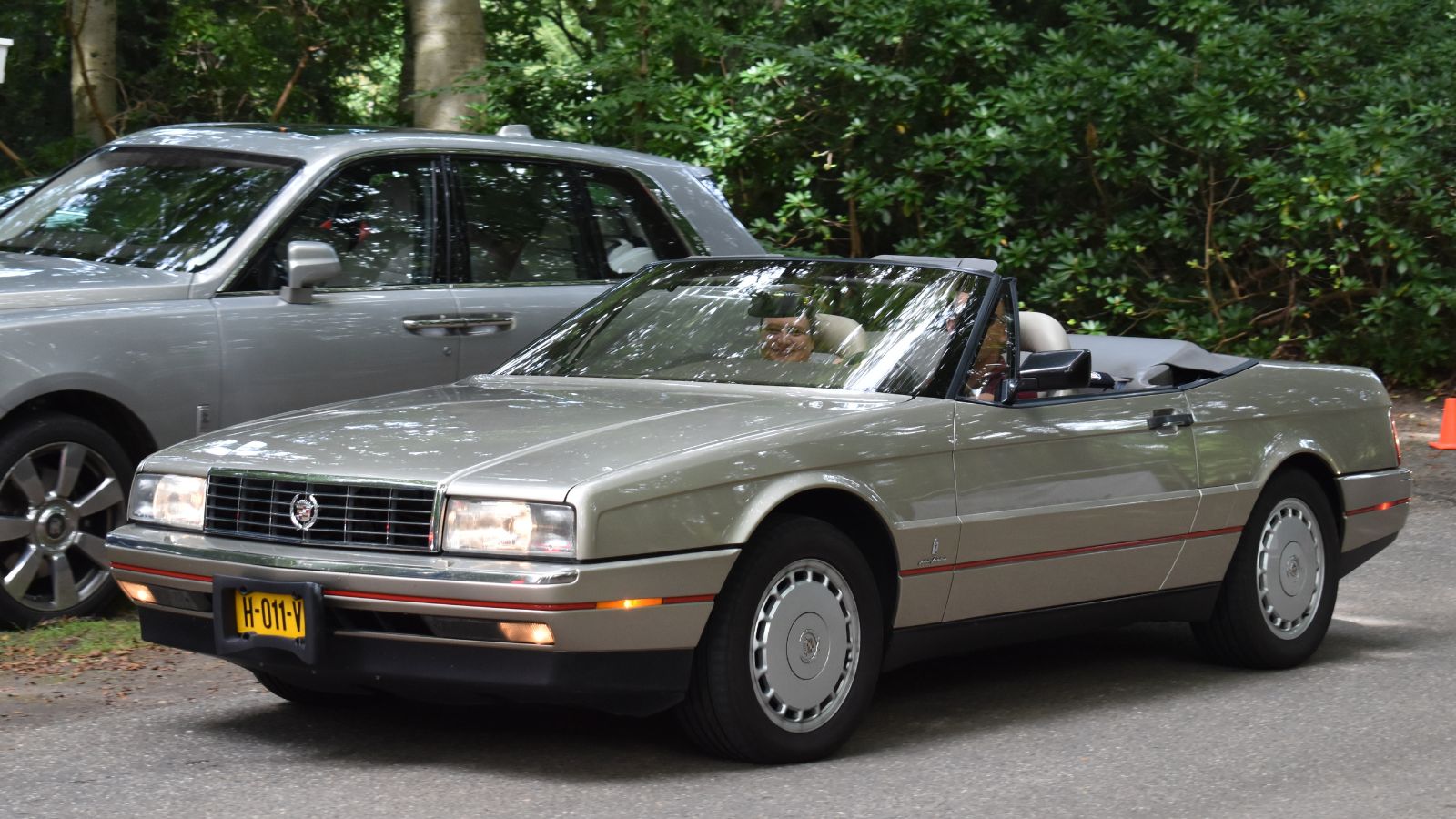
Cadillac aimed high with the Allanté, even having Pininfarina design the body. The problem? The bodies were built in Italy and flown to the U.S. for assembly, making the car ridiculously expensive. Driven by a 4.5L V8, it performed well with a 0-60 mph time of approximately 7.5 seconds. The interior was pure luxury, with premium leather, digital instruments, and a sophisticated Bose sound system. Once viewed as an overpriced flop, the Allanté is now respected for its unusual history and Italian-American craftsmanship.
Volkswagen Thing (1973)

The VW Thing resembled a military surplus vehicle more than a civilian automobile, and folks weren’t sure what to do with it. It was based on a German military design, featuring a 1.6L flat-four engine that gave it a sluggish 0-60 mph time of more than 21 seconds. The interior was as spartan as the exterior, with metal floors, vinyl bucket seats, and few creature comforts. But its raw beauty, outdoor driving experience, and scarcity have turned it into a sought-after collectible nowadays. Its peculiar looks and inherent fun quotient have made it a cult classic for thrill-seekers and Volkswagen fans.
Renault Le Car (1976)
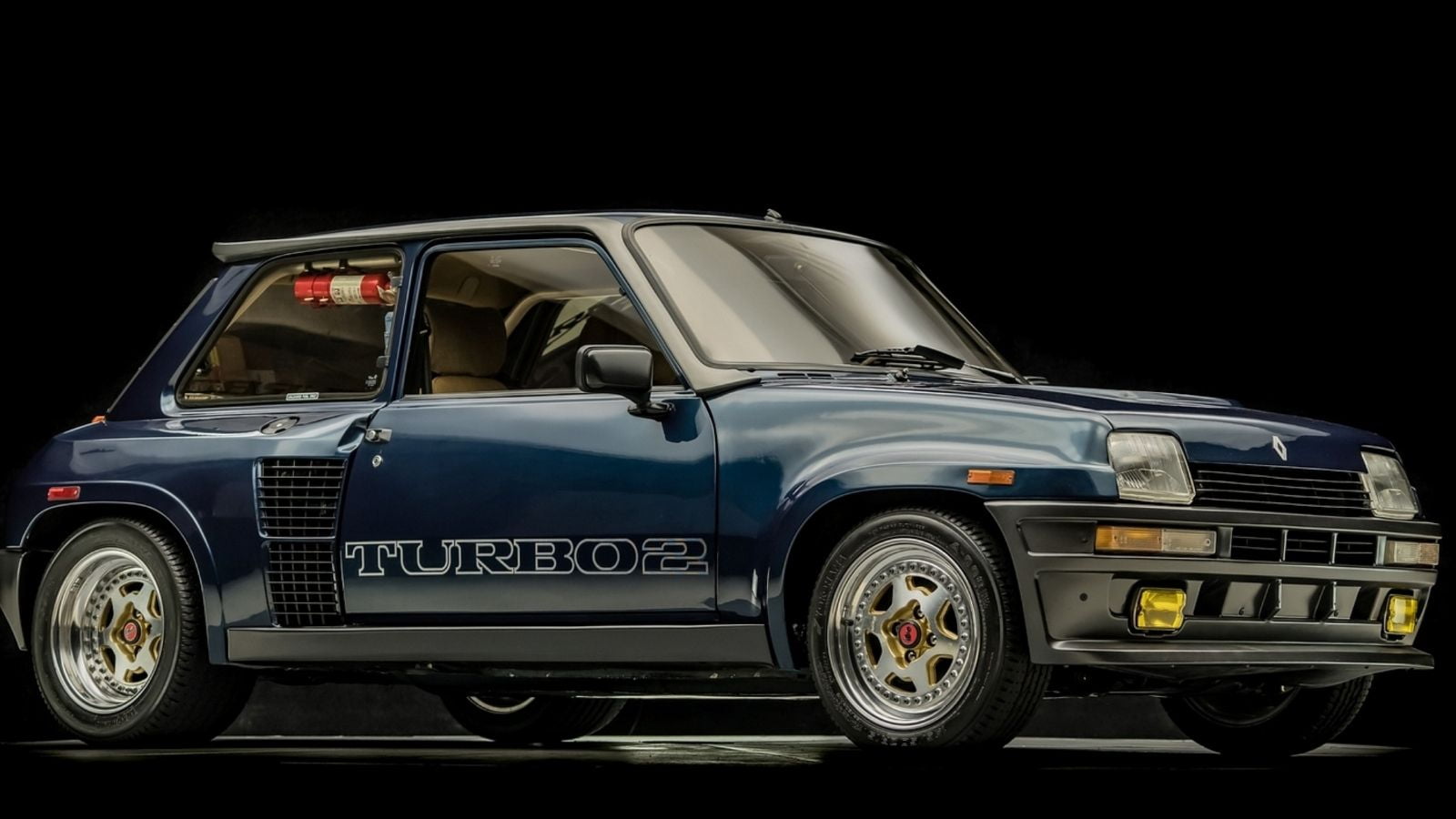
When Renault brought the Le Car to America, it was to be a cheerful, fuel-efficient urban car. Instead, it was the target of numerous jokes because of its small size and dubious dependability. Michel Boué designed it with a 1.4L engine that crept to 60 mph in roughly 14 seconds. The interior was basic but elegant, with bright-colored fabric seats and a plain dashboard. While ridiculed in its time, Le Car has now won over vintage Euro car collectors. These days, its unusual styling and seldom-seen condition on U.S. streets make it an oddball, highly sought-after classic.
Dodge Daytona Shelby Z (1987)
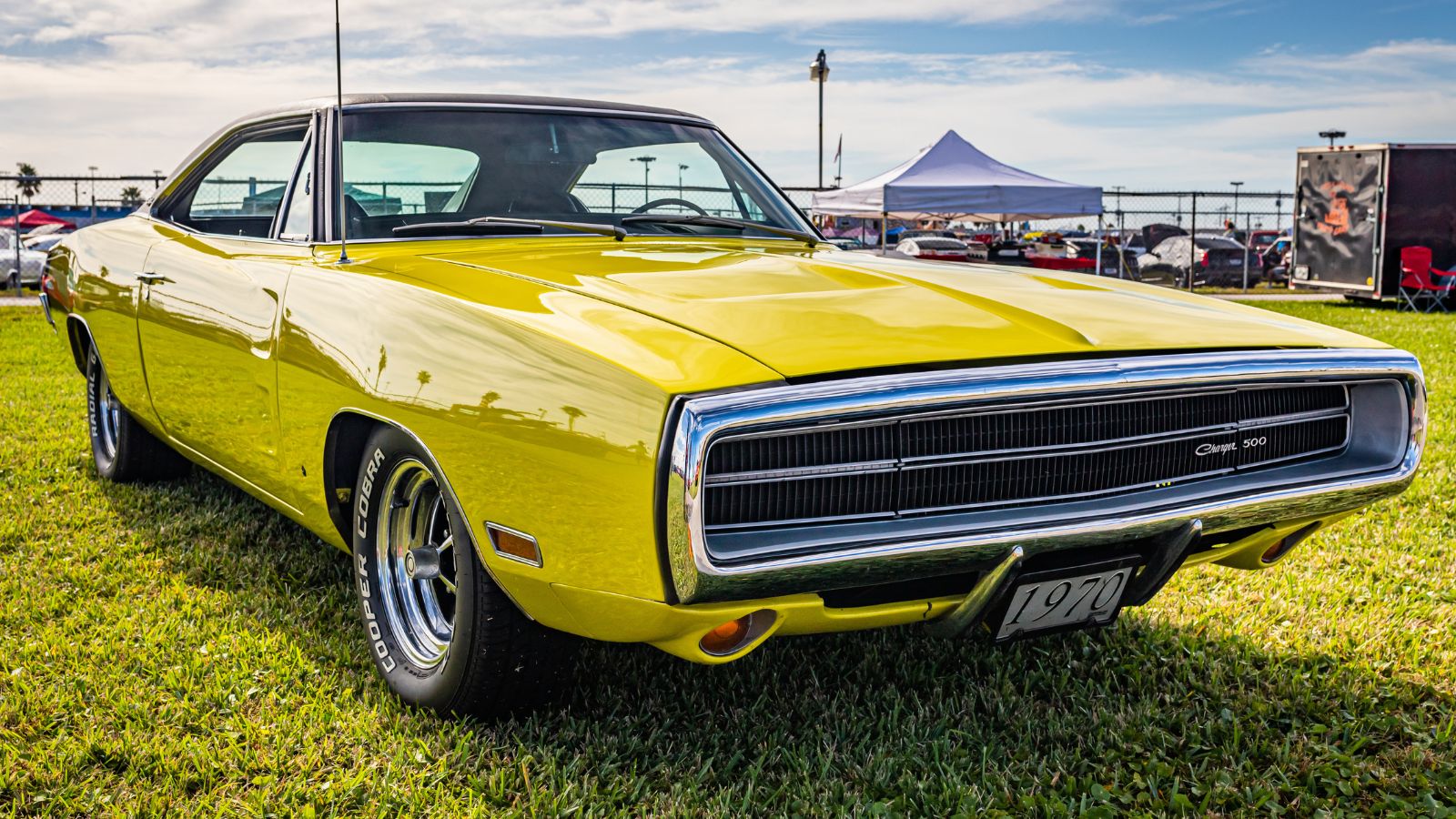
When Dodge launched the Daytona, folks did not know whether to approach it seriously as a performance car. Carroll Shelby was consulted about styling the Daytona Shelby Z, which was stuffed with a 2.2L turbo four-cylinder churning out 174 horsepower. Although that doesn’t seem like much now, it was decent for the time, accelerating the car from 0-60 mph in approximately 7.5 seconds. The interior boasted aggressively bolstered sports seats, a driver-oriented dashboard with digital instruments, and available leather trim. At first, overshadowed by higher-powered muscle cars, the Daytona Shelby Z is today a sought-after rarity.
Honda CRX HF (1984)
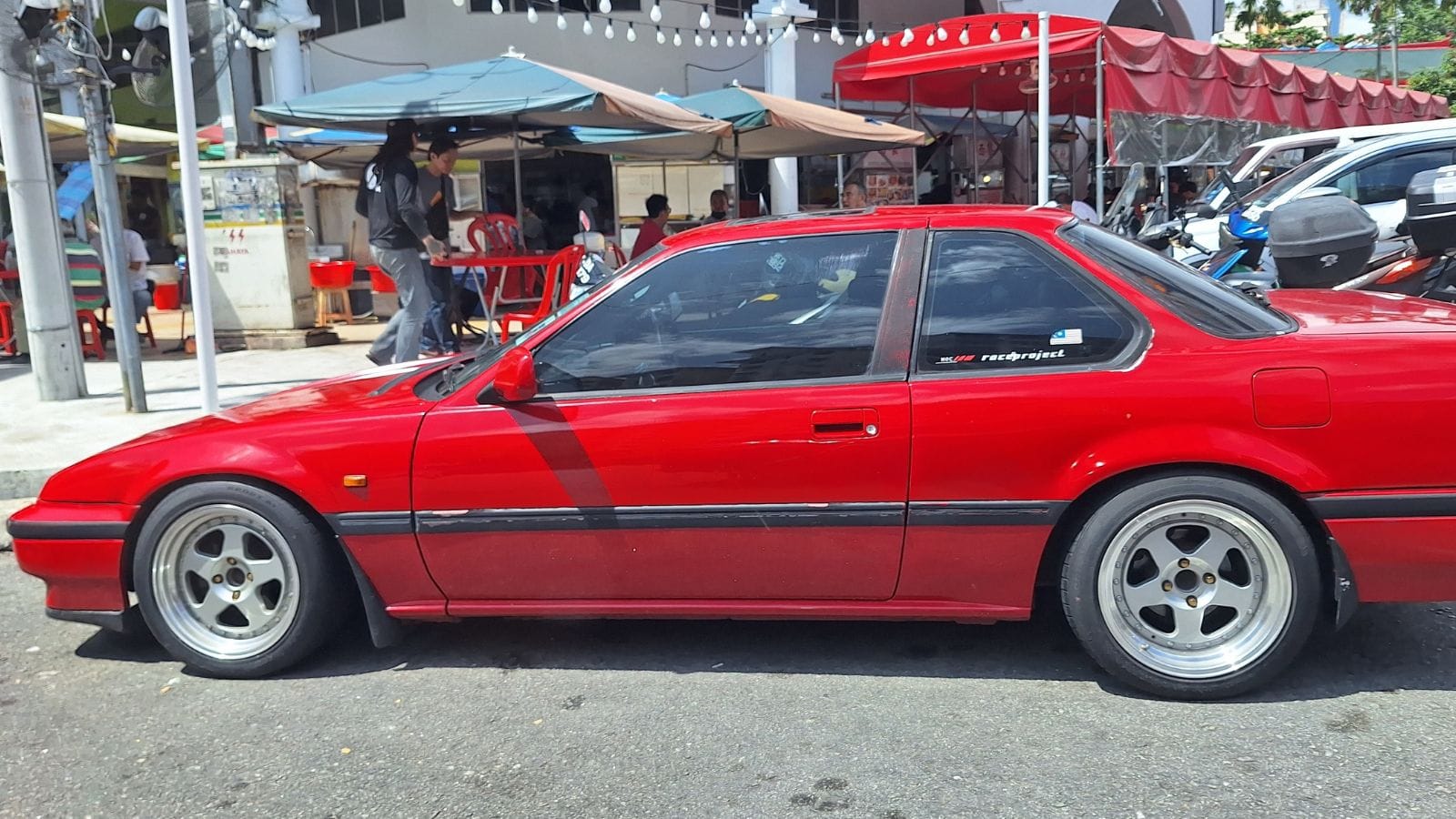
The Honda CRX HF was initially ridiculed as being too small and not fast enough, with a focus on fuel economy over speed. Aerodynamically designed, it had a 1.3L or 1.5L inline four-banger that produced barely 60 horsepower, taking an over-10-second 0-60 mph. The interior was lean but thoughtful, including sport cloth bucket seats, a minimalist but functional dashboard, and great visibility. Though it wasn’t a speed demon, the CRX HF is today appreciated for its lightweight body, spirited handling, and fantastic fuel economy, and as such, it is a highly coveted classic.
Mercedes-Benz 190E 2.3-16 (1984)
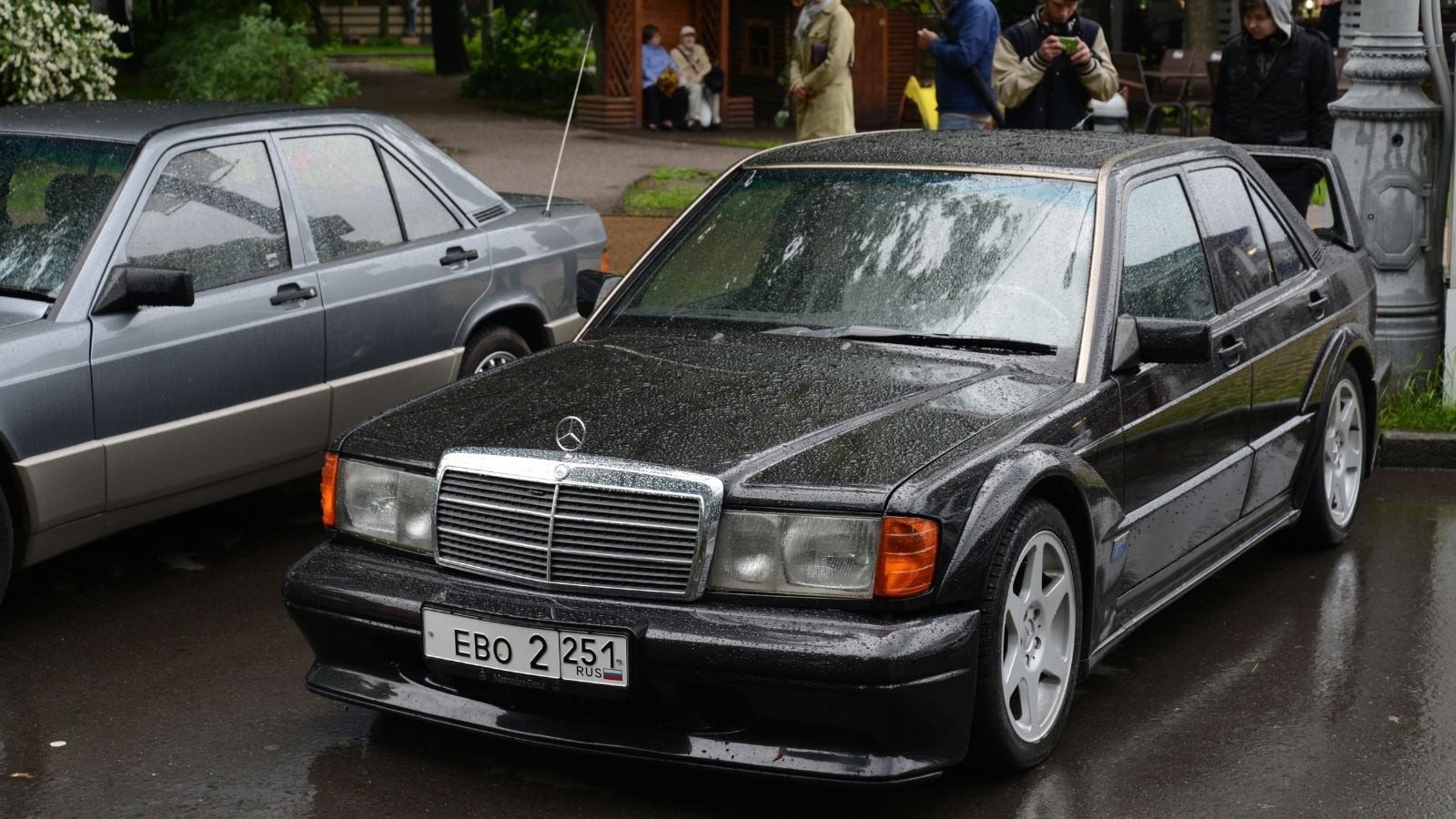
Mercedes-Benz’s 190E 2.3-16 was snubbed upon its release as a quirky bid for a high-performance sedan. Cosworth-engineered in association, it accommodated a 2.3L 16-valve inline-four engine, generating 185 horsepower and reaching 60 mph in approximately 7.5 seconds. Inside, it was all about business with Recaro buckets, a leather-wrapped wheel, and an accuracy-focused dashboard. While it was initially ignored in the wake of the BMW M3, the 190E 2.3-16 is today revered for its motorsport credentials and bulletproof engineering.
Plymouth Prowler (1997)
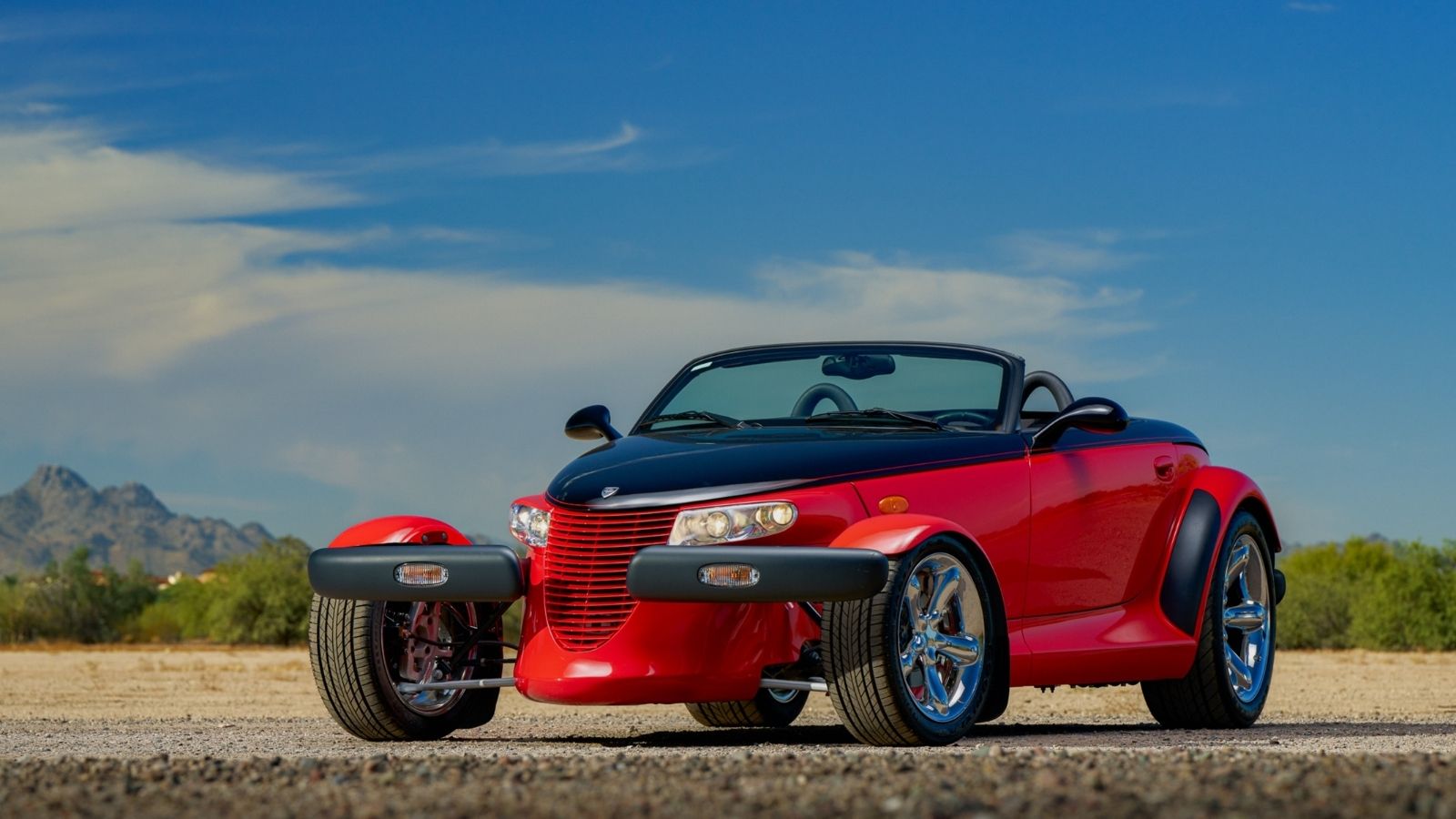
The retro hot rod styling of the Plymouth Prowler was polarizing when it arrived. Tom Gale designed it, and it looked the part but wasn’t as quick, thanks to a 3.5L V6 putting out 253 horsepower, taking a 0-60 mph time of around 5.9 seconds. The inside kept pace with the dramatic outside in bold color combinations, chrome trim, and a bare minimum gauge pack. Initially thought of as a gimmick, the Prowler is a sought-after, rare collector’s car today due to its distinctive looks and low production totals.
Saab 900 Turbo (1978)
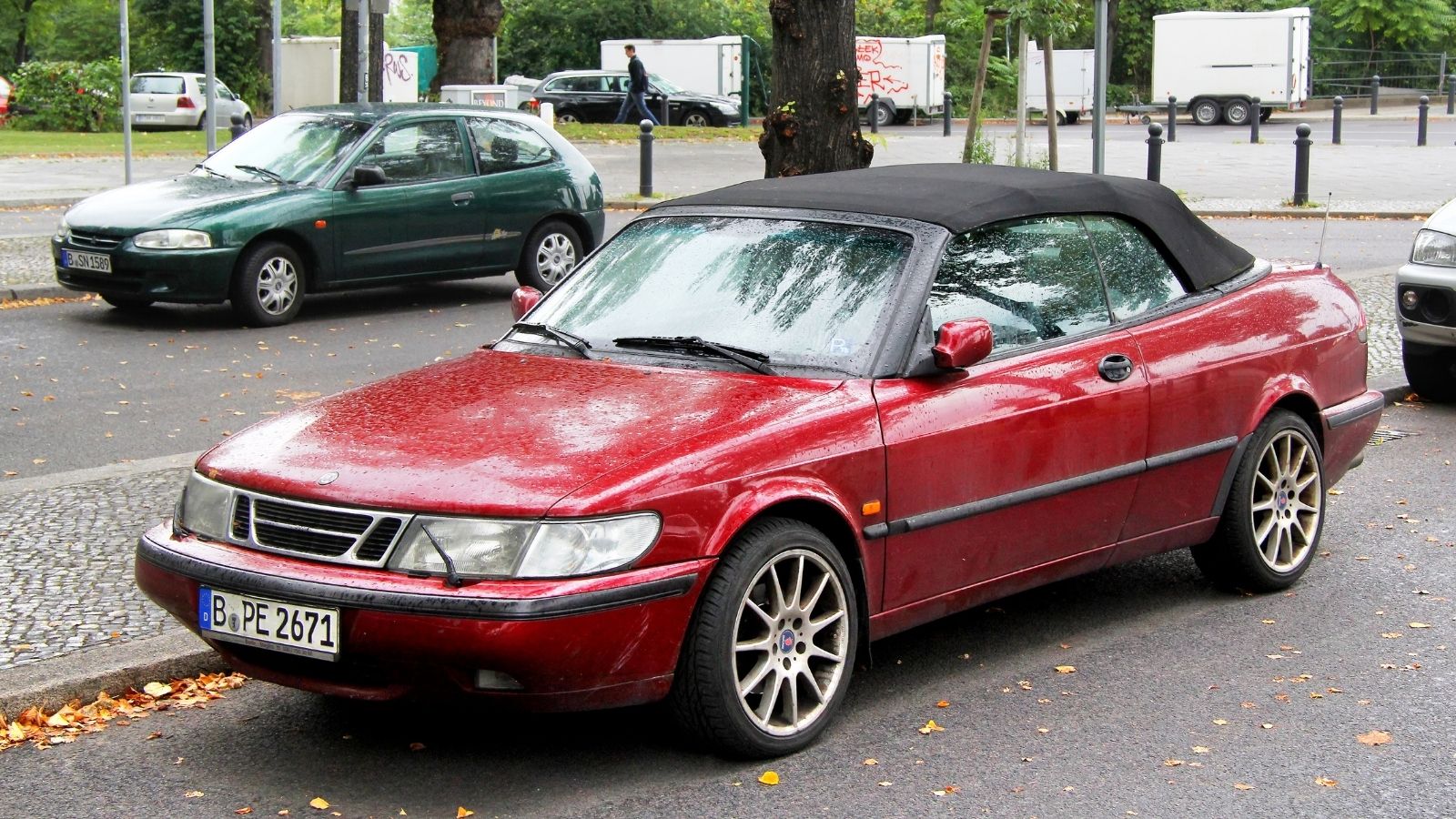
Saabs never were and probably never will be quite normal cars, and the 900 Turbo was no exception. Safety and sensibility were built into its design, with a turbo 2.0L four-banger engine that took it from 0 to 60 mph in approximately 8 seconds, a good pace for its day. The wraparound cockpit sported a driver-focused dashboard, airplane-like toggle switches, and richly upholstered leather or velour seats. Once considered an oddity, the Saab 900 Turbo is now cherished for its groundbreaking design and turbocharged thrills.
Chevrolet SSR (2003)
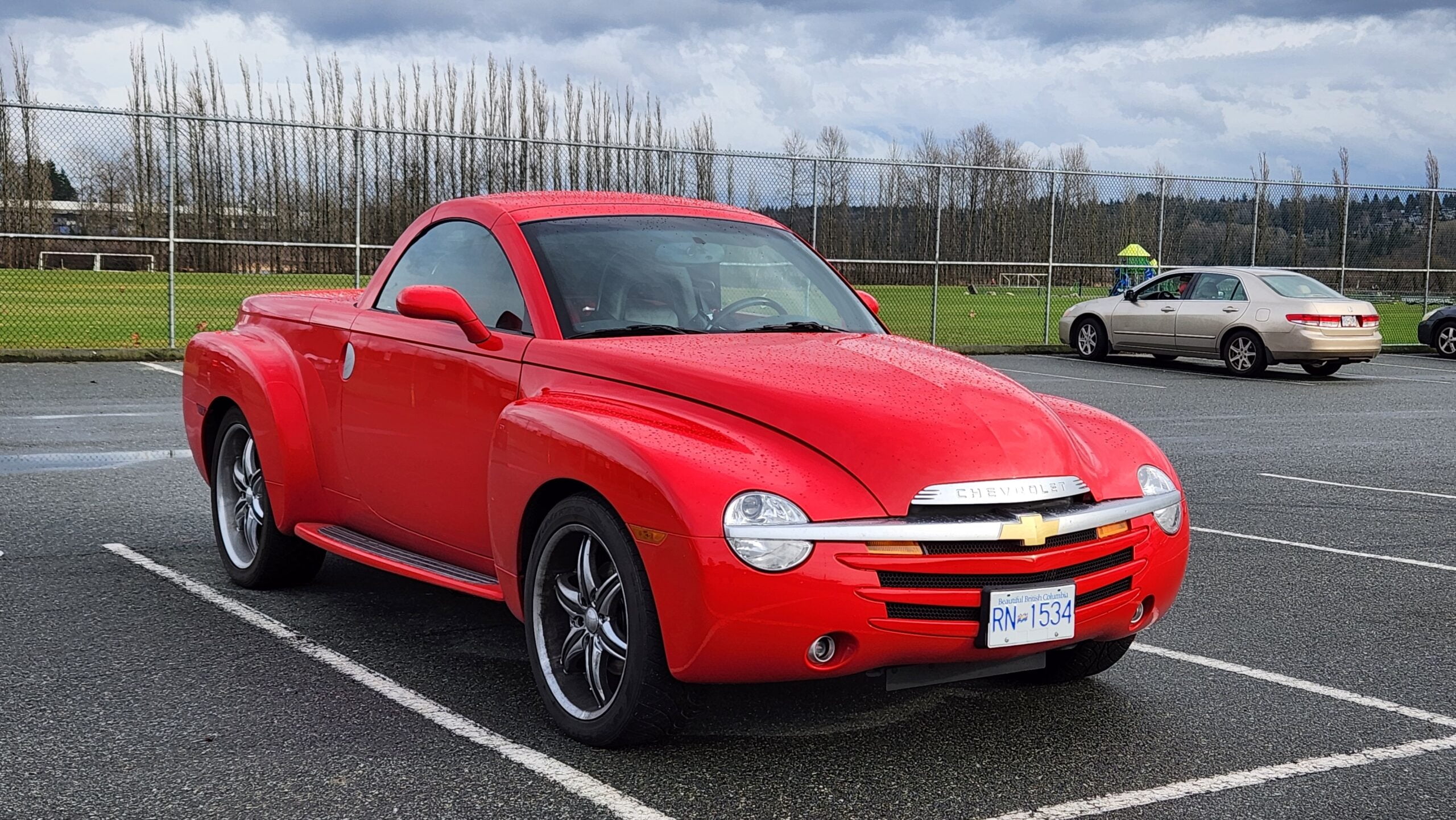
The Chevrolet SSR was part pickup, part convertible, and all confusion. Designed to evoke 1950s hot rods, it featured a 5.3L V8 (later upgraded to a 6.0L) with a 0-60 mph time of around 7 seconds. Inside, the SSR had a retro-modern cabin with leather bucket seats, brushed aluminum accents, and considerable cargo space. At first, ridiculed as impractical, the SSR is today a sought-after novelty for enthusiasts who enjoy its odd mix of muscle and peculiarity.
Toyota Supra Mk3 (1986)
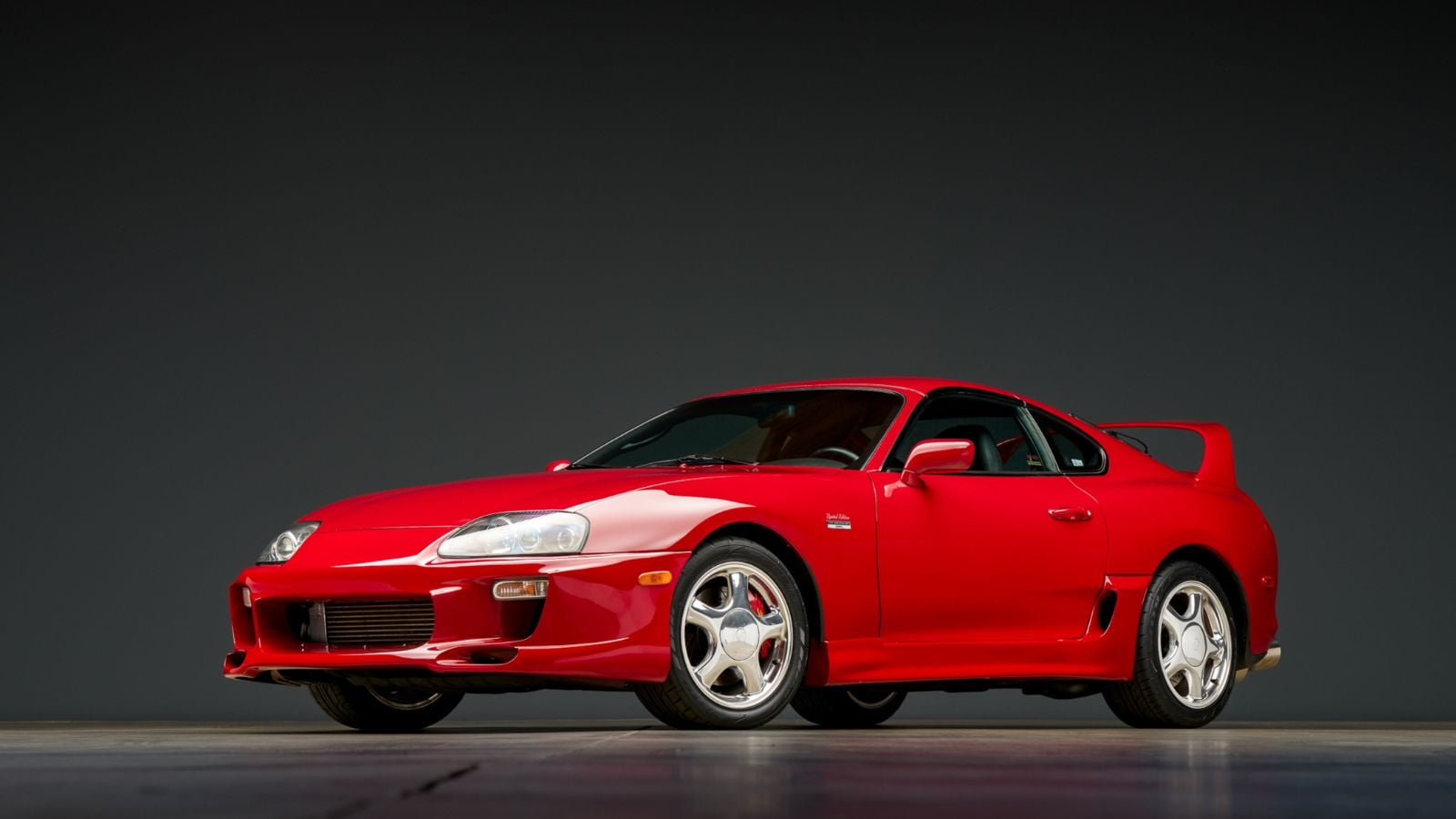
While the Mk4 Supra became a legend, the Mk3 was generally underappreciated. Conceived during Toyota’s effort to create grand tourers, the Mk3 came with a 3.0L inline-six or a turbocharged engine that made up to 232 horsepower, accelerating to 60 mph in approximately 6.8 seconds. Inside was futuristic, including an innovative digital dashboard, cushy sports seats, and a Targa top offered as an option.
25 Facts About Car Loans That Most Drivers Don’t Realize

Car loans are one of the most common ways people fund car purchases. Like any other kind of loan, car loans can have certain features that can be regarded as an advantage or a disadvantage to the borrower. Understanding all essential facts about car loans and how they work to ensure that you get the best deal for your financial situation is essential. Here are 25 shocking facts about car loans that most drivers don’t realize:
25 Facts About Car Loans That Most Drivers Don’t Realize
